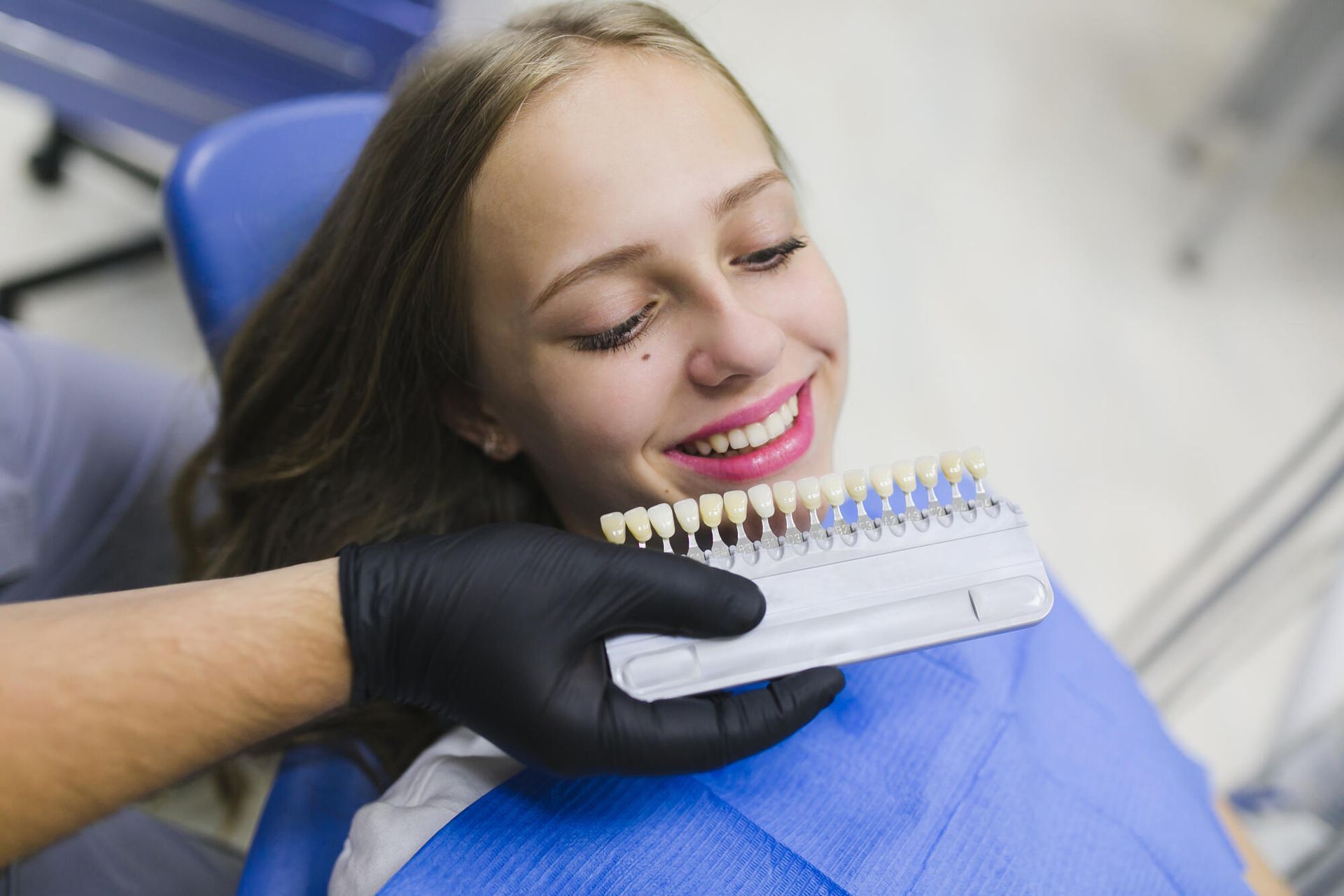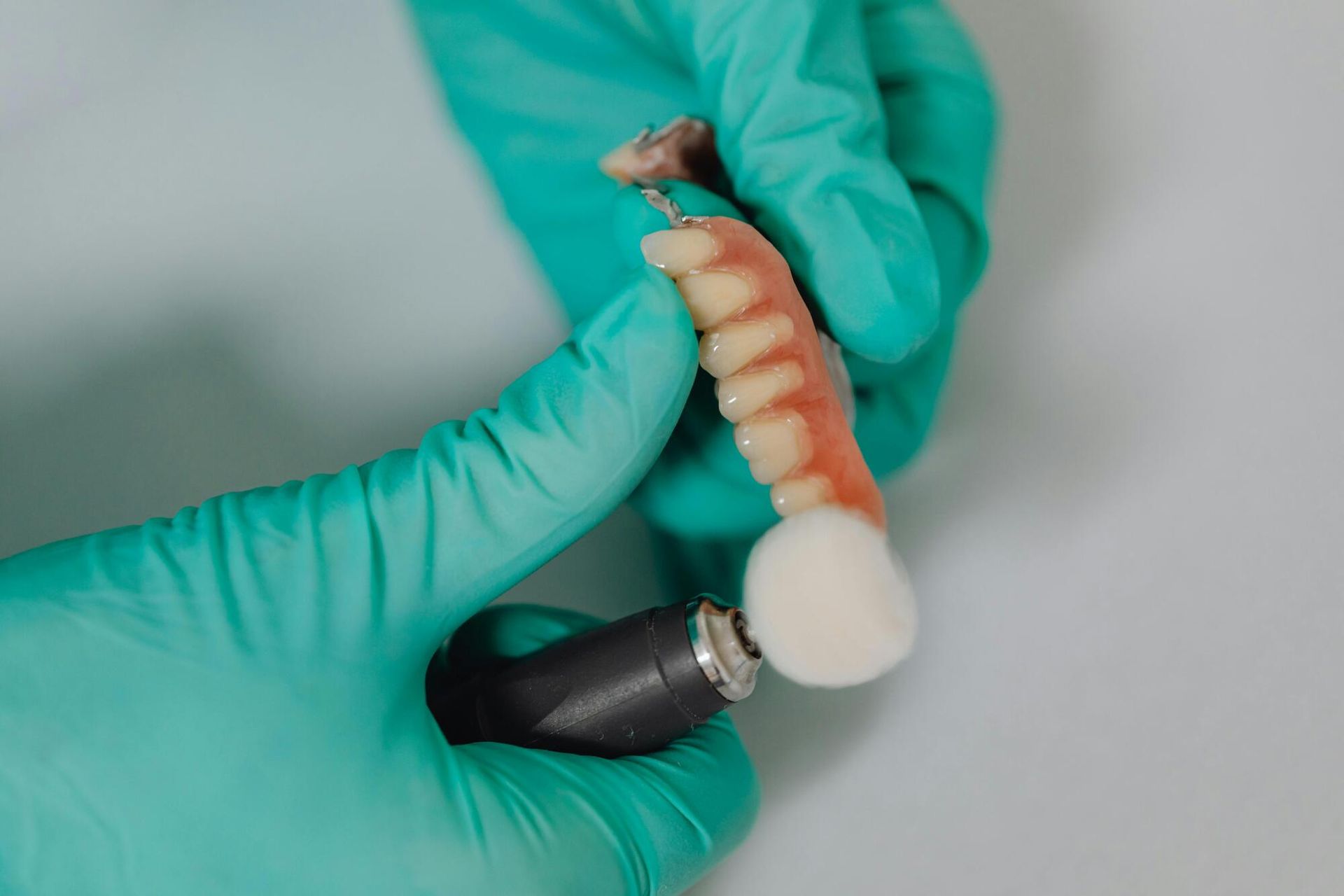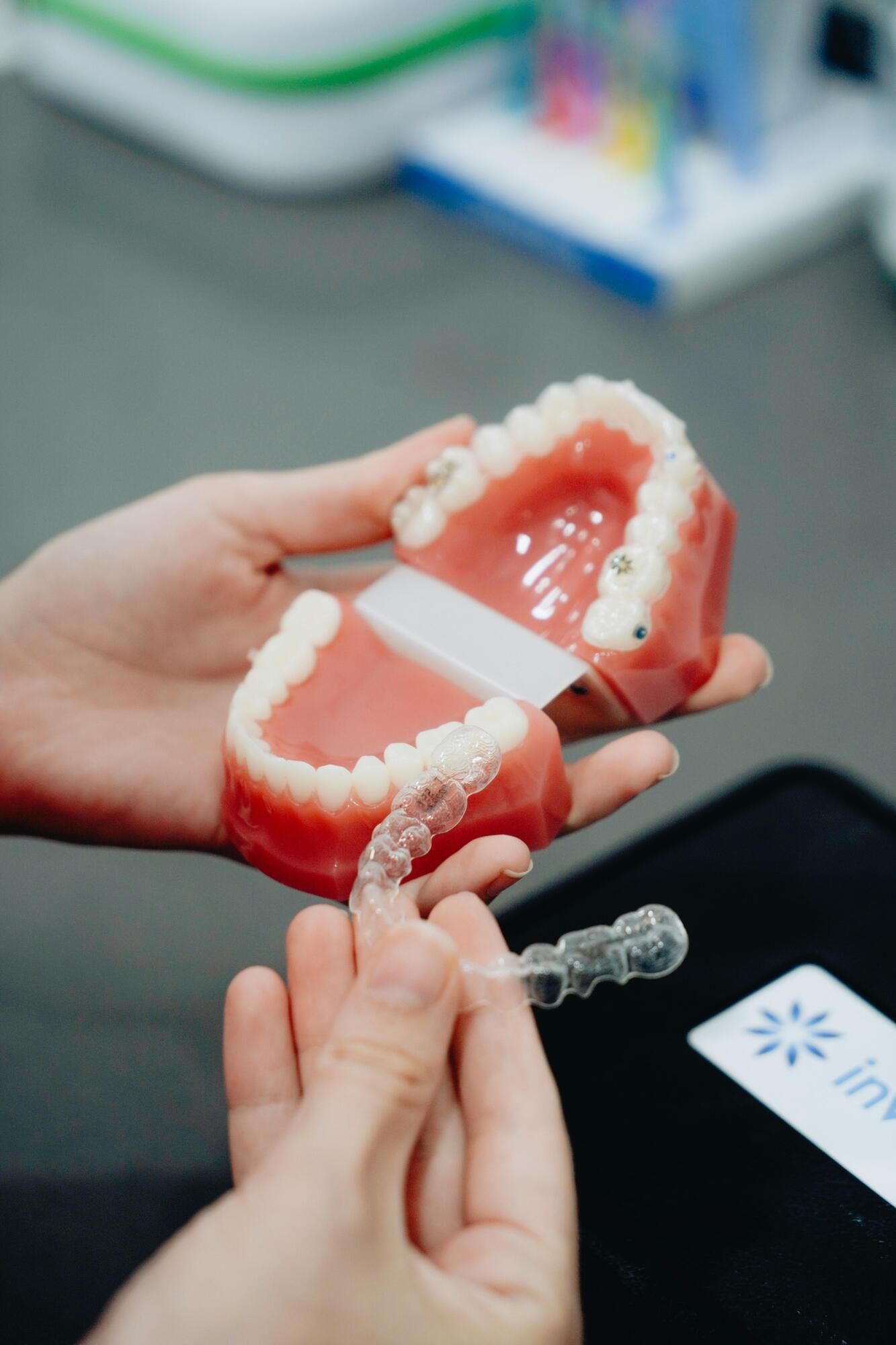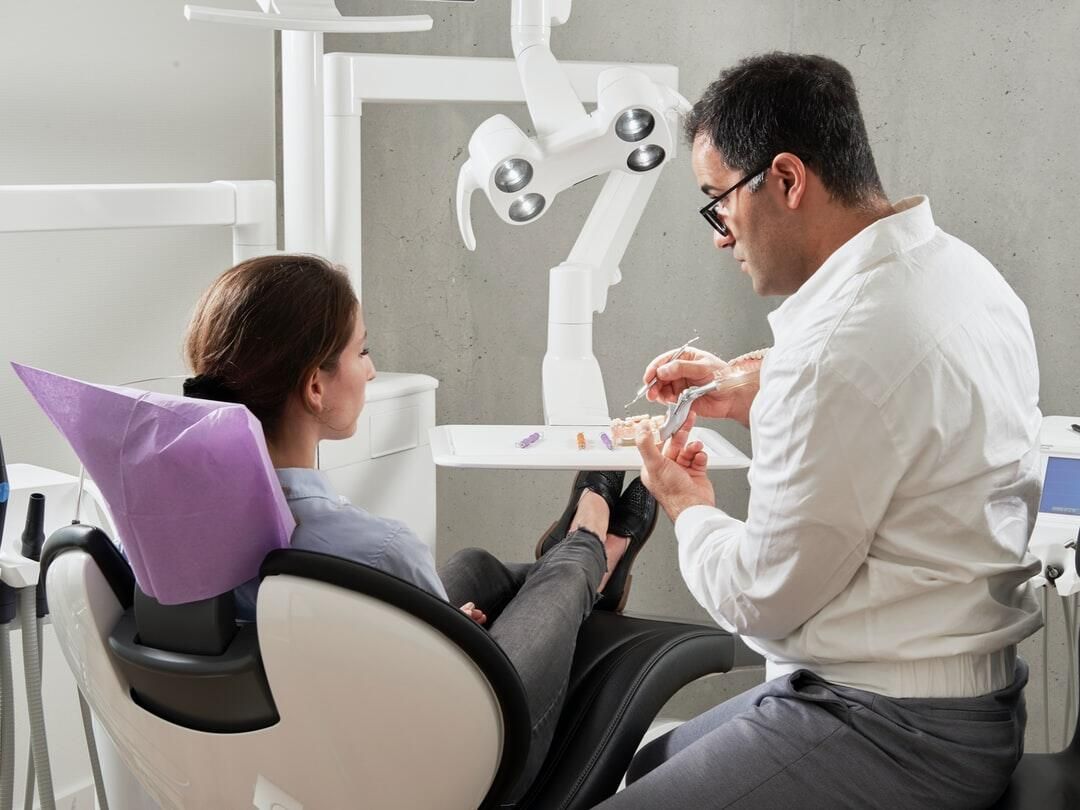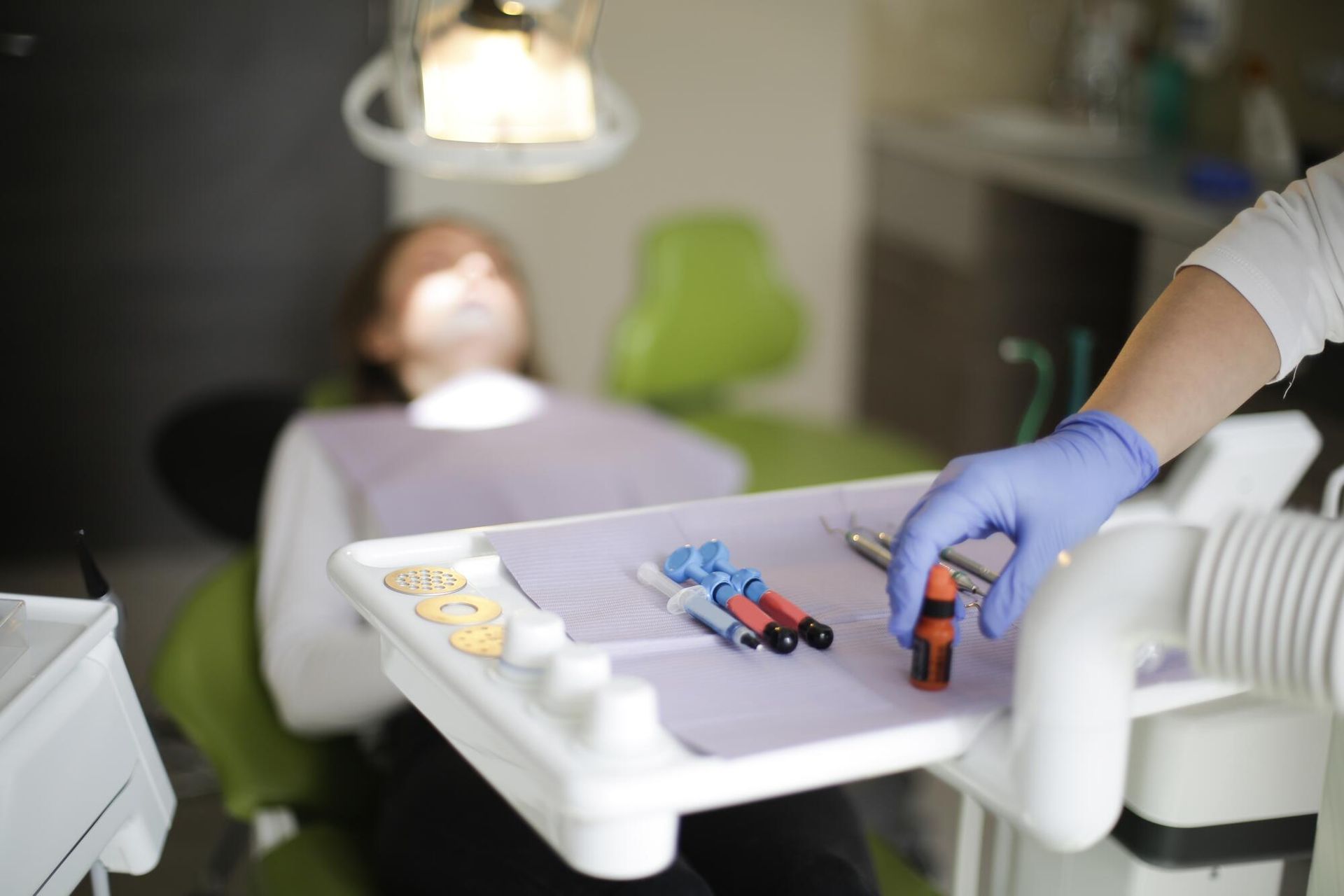Does Invisalign Hurt? Understanding What to Expect
Clear aligners can cause mild discomfort initially, but that typically subsides and can be easily managed with a few simple tips.
Choosing Invisalign to straighten your teeth goes far beyond improving your smile and your confidence. According to the FDI World Dental Federation, untreated dental malocclusion can have serious consequences.
Has your dentist recommended that you straighten your teeth, and you're wondering, "Does Invisalign hurt?" Don't let these concerns stop you from getting the treatment you need.
We're here to put your mind at ease. The discomfort associated with Invisalign is usually short-lived, especially if you follow our tips for managing any potential discomfort.
Does Invisalign Hurt?
While some discomfort may accompany the use of clear aligners, it is generally mild and manageable.
When you first start wearing Invisalign, your teeth will need to adjust to the aligners. This process can lead to sensations ranging from slight soreness to mild pressure, especially after switching to a new set of aligners.
It is completely normal for patients to feel some discomfort initially, but it typically subsides after a few days.
How Long Are You in Pain With Invisalign?
During the initial week of your smile makeover, you may experience some discomfort from your Invisalign aligners. This is due to the force being applied to your teeth to shift them into a more optimal position.
Many patients perceive a sensation of slight pressure rather than pain, which is comparable to how you feel after traditional wire brace adjustments. In most cases, the discomfort lessens dramatically after a few days of wear.
How to Cope With the First Week of Invisalign
There are several effective strategies for managing pain that can enhance your Invisalign experience. The following tips can help you overcome these hurdles on the path to a beautiful smile:
Over-the-Counter Pain Relievers
Nonsteroidal anti-inflammatory drugs (NSAIDs) can help minimize any discomfort during the first few days of wearing a new aligner. Ibuprofen and acetaminophen are options that work well.
Cold Compress
Applying a cold compress to the outside of your mouth can provide relief. The cold helps numb the area and reduce inflammation to increase the clear aligners comfort levels.
Eating Soft Foods
Dentists recommend sticking to a diet of soft foods, which can make eating more comfortable while your teeth adjust to the new aligners. Yogurt or mashed potatoes are good options.
Most users adapt relatively quickly, and after the initial week of new aligners, many report a more comfortable experience. Keep in mind that consistent wear is essential to your progress.
Keep your aligners in for 20-22 hours a day for the best results. Clear aligners have a success rate of 80 to 90%, so it's worth sticking it out.
Embrace a More Beautiful Smile
"Does Invisalign hurt?" is a valid question, but it's good to know that most discomfort is mild when you follow the correct pain management techniques. With time, you'll likely find that your comfort increases and your worries were unfounded.
Dr. Marta Rudat and her team are committed to ensuring your Invisalign experience is as seamless and pain-free as possible. We are committed to providing personalized, compassionate care for every patient.
If you have further questions or need more personalized advice, don't hesitate to reach out to us and embrace your journey toward a radiant smile.
